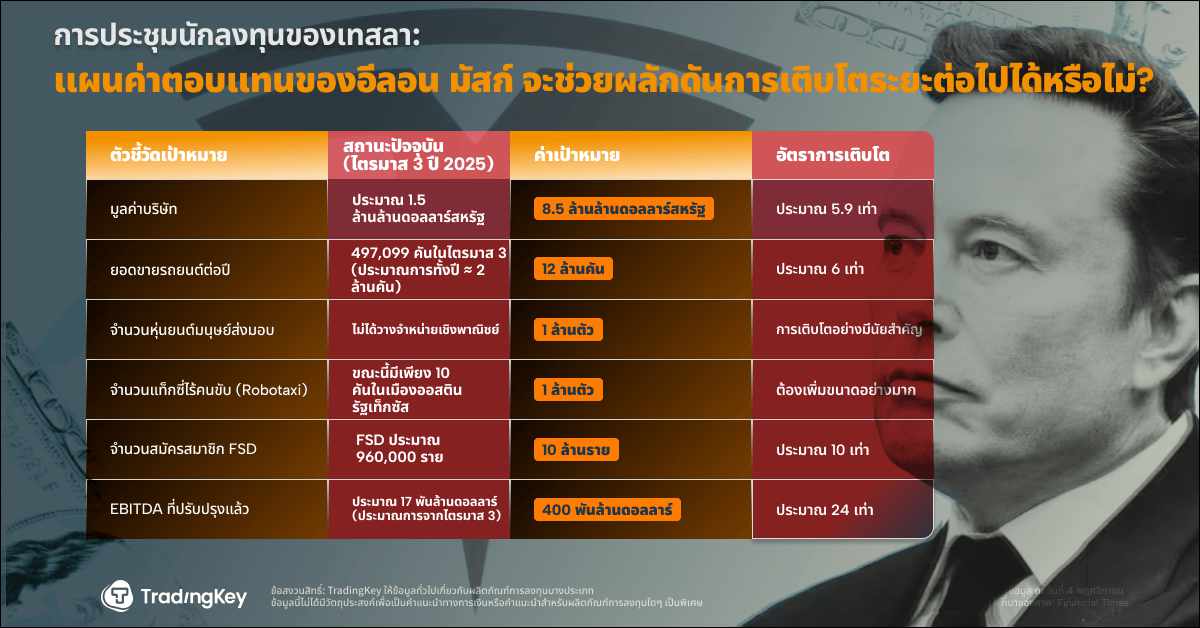Stripe เปิดตัว SDK สำหรับตัวแทน AI เพื่อเข้าถึง API การชำระเงินและการเรียกเก็บเงิน

Stripe ยักษ์ใหญ่ด้านการชำระเงินระดับโลกได้ปลดล็อกระบบอัตโนมัติใหม่ที่ใช้ประโยชน์จากตัวแทน AI และโมเดลภาษาขนาดใหญ่ ชุดเครื่องมือตัวแทนของบริษัทการชำระเงินจะมอบเครื่องมือและทรัพยากรที่จำเป็นแก่นักพัฒนาที่จำเป็นในการรวมตัวแทน AI เข้ากับบริการทางการเงิน
Stripe แพลตฟอร์มประมวลผลการชำระเงินระดับโลกได้เปิดตัวฟังก์ชันใหม่ที่ขับเคลื่อนโดยเทคโนโลยี AI บริษัทเทคโนโลยีเพิ่งประกาศระบบอัตโนมัติใหม่ที่เกี่ยวข้องกับกิจกรรมทางการเงินที่ตัวแทน AI สามารถใช้ประโยชน์ได้ ชุดเครื่องมือตัวแทนผสานรวมกับกรอบงานที่โดดเด่นซึ่งช่วยให้ตัวแทน AI สามารถใช้ประโยชน์จากบริการทางการเงินของบริษัทได้
นักพัฒนาสามารถรวมตัวแทน AI เข้ากับชุดเครื่องมือตัวแทนเพื่อทำให้บริการทางการเงินเป็นอัตโนมัติ และเสนอวิธีใหม่สำหรับผู้เข้าร่วมในการสร้างรายได้ใหม่ ทำงานสนับสนุนอัตโนมัติ และจัดการธุรกรรม
ชุดเครื่องมือตัวแทนของ Stripe เปิดตัวระบบอัตโนมัติใหม่สำหรับตัวแทน AI
วันนี้() @stripe กำลังเปิดตัว SDK ที่สร้างขึ้นสำหรับตัวแทน AI:
– LLM สามารถเรียกการชำระเงิน การเรียกเก็บเงิน การออก API ฯลฯ ได้
– บูรณาการกับ @vercel , @LangChainAI ,@crewAIInc
– ใช้โมเดลใดก็ได้ผ่านฟังก์ชัน (พร้อมการเรียกเก็บเงินต่อโทเค็น)ตื่นเต้นกับสิ่งที่คุณและบอทของคุณสร้าง: https://t.co/3GiXmNm6en
— เจฟฟ์ ไวน์สไตน์ (@jeff_weinstein) 14 พฤศจิกายน 2024
According to Jeff Weinstein, the Product Lead at Stripe, Stripes’ SDK will allow large language models to call payments, billing, and issuing. Weinstein also said Stripe will provide agents with its API that natively supports Vercel’s AI SDK, LangChain, and CrewAI to simplify workflows.
The toolkit is built on top of the firm’s Node.js and Python SDKs and also supports any large language model provider capable of making calls. The framework breaks down each task and assigns it to specialized agents for execution.
A blog shared by the company’s developers detailed the practicability of the automation process by giving examples of real-world applications. The blog explained that a user may create an automated business process for specialized tasks such as invoicing users. The developer may utilize the Stripe Agent toolkit and pass its tools to the AI agent.
The blog highlighted that the toolkit can be used simultaneously with other tools, allowing developers to offer users complex multi-step operations. Developers can advance automation by enabling AI agents to make financial transactions through virtual payment cards configurable for specific budgets and spending limits.
The toolkit also allows companies to implement metered billing based on actual usage, such as the number of tokens consumed by the agent. Stripe’s middleware tracks these activities and ensures accurate billing aligns with client demand.
The payment processing company termed the Agent’s behavior as unpredictable and recommended testing the functionality in a controlled environment. Stripe also advised developers to use restricted API keys to limit the agent’s functionality access.
Stripe continues to foster business growth using AI tools
The global payment firm has leveraged artificial intelligence technology to enhance cross-border payments in Asia. In late August, the company unleashed AI-powered tools for cross-border remittances during the Stripe Tour Singapore event. Stripe unveiled the Optimized Checkout Suite, Adaptive Pricing tool, and Radar Assistant.
The Optimized Checkout Suite uses artificial intelligence to personalize customers’ payment experiences. The tool’s AI capability automatically selects the most suitable payment medium for the customer based on location and preferences. The adaptive pricing feature allows businesses to localize their prices for goods or services across 150 markets.
The Radar Assist tool allows businesses to describe the types of fraud they want to prevent and generates rules that are analyzed based on previous transactions.
Stripe has pioneered AI technology in the industry. In October, the payment company collaborated with Nvidia to progress artificial intelligence capabilities and enhance fraud detection. Stripe has used Nvidia’s technology to train its machine learning models and enhance its service offerings.







